Nicole Strong on the West Bend Project
If you spend a lot of time in the forest, you develop an emotional attachment to your landscape, to your forest, and the trees and wildlife that live there. When you then see that landscape getting altered, it can be unsettling. The thing about forests is, they are always changing and they always have been. Either by human manipulation or natural processes and disturbance, forests are dynamic evolving systems.
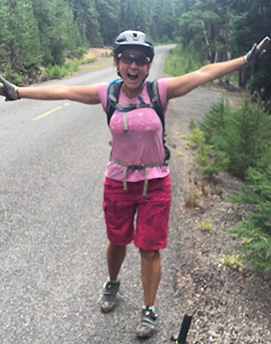
Nicole at Waldo Lake.
So in the case of the changes happening in our forest around Bend, I am really excited and here’s why you should be too!
A lot of our low elevation ponderosa pine forests are in bad shape. They are relatively young, extremely dense, and awfully homogenous (too much of the same thing) when compared to how these forests looked historically. That’s because back in the 1910’s – 1920’s these forests were logged quite intensively. At the same time we became really good at suppressing the natural, low-intensity wildfires that had maintained healthy ponderosa forests for thousands of years.
The thing about forests is, they are always changing and they always have been.
The combination of these two practices has left us with the landscape we’re familiar with today: dense, even-aged forests that are unhealthy and vulnerable to the extreme wildfires that were historically so uncommon. I don’t want to spend a lot of time pointing fingers at practices from the past, but instead look forward to see what we have now and what we can do about it.

Typical, over-dense, even-aged Ponderosa Pine stand. These trees are competing for water, sun, and nutrients, and are not growing very well, if at all.
Most of the young, black-barked ponderosa pine trees you see are really young (60-90 years old) especially when you consider ponderosa pine can live to be 500-700 years old! The other thing to consider when we think about these forests relates to our soil and the relatively small amount of precipitation we get in Central Oregon each year compared to the west side of the Cascades. We have pretty poor soil that doesn’t hold water well (that’s why we have dust when the west side has tack). This also means that we cannot sustain as many healthy trees on any given acre compared to say, Oakridge or Hood River.
What I don’t see when I ride through Phil’s trails are the following:
- Big, old trees and a diversity of tree ages
- Big, old snags (standing dead trees, aka wildlife condos) and down logs
- Enough openings with native shrubs and grasses
In short: I don’t see a diverse forest!
What I do see when I ride through Phil’s trails:
- Too many young trees that are all the same age competing with each other for water
- A sea of dense vegetation that could rapidly spread a wildfire
- Pretty poor bird and deer habitat

Looking from Flaming Chicken to Phil’s. Trees have more water and more room to grow, and light hitting the ground will encourage native grasses and shrubs. Can’t wait to come back and see this continue to evolve in the next several years!
The restoration work happening (thinning, mowing, prescribed burning) around Phil’s right now aims to put the forest on a trajectory to grow healthy old trees, improve wildlife habitat, and reduce the risk of high severity wildfire. And this is not the old-school logging that got us into the predicament in the first place. This is science-based forest restoration focused on removing the small and medium sized trees to leave the biggest and healthiest to become the forest of the future. I know it’s an inconvenience. I’m tired of riding Ben’s trail as well. So think of it as an opportunity to get out and explore other areas, go for a road ride, or finally start that strength or flexibility workout you’ve been promising yourself you would incorporate into your riding….
I like to think that this is a short-term inconvenience that is going to create amazing long-term benefits.
I’ll take one season of weekdays away from a few of our trails in exchange for increased community safety, and healthy, resilient and more diverse forests for decades to come.
This is always best discussed in the forest. If there is interest, I am happy to organize a group walk-through to discuss all of this further.
Also, I encourage you to learn more: http://deschutescollaborativeforest.org/
Cheers, Nicole
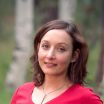 This article was contributed by Nicole Strong. Nicole is a Bend resident, mountain biker, and an Assistant Professor at Oregon State University, with degrees in Wildlife Science and Forest Resources.
This article was contributed by Nicole Strong. Nicole is a Bend resident, mountain biker, and an Assistant Professor at Oregon State University, with degrees in Wildlife Science and Forest Resources.

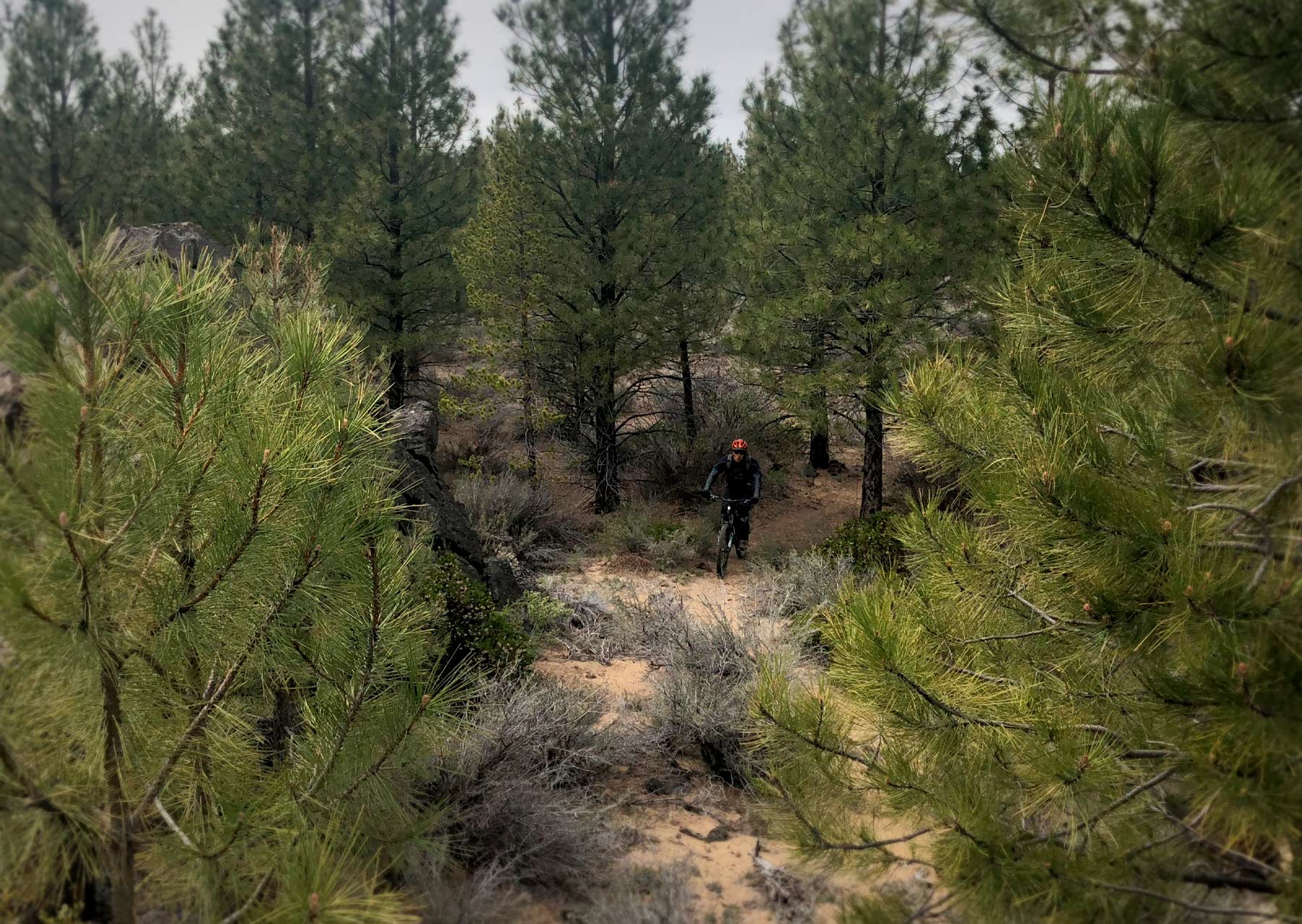
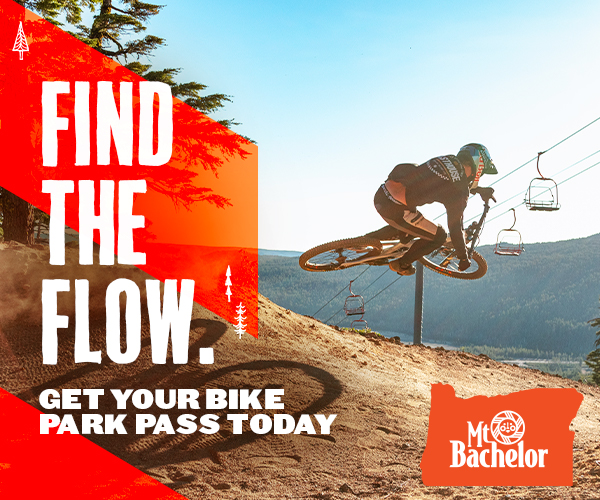

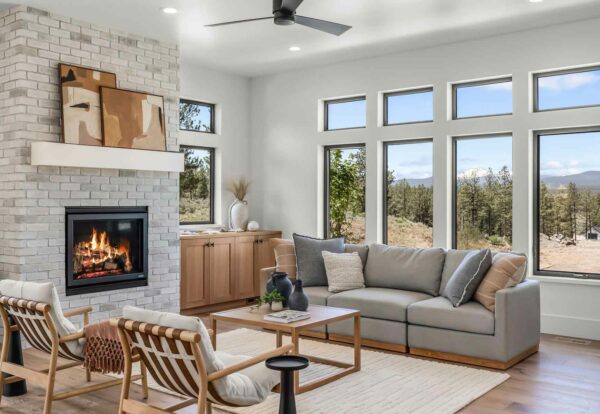
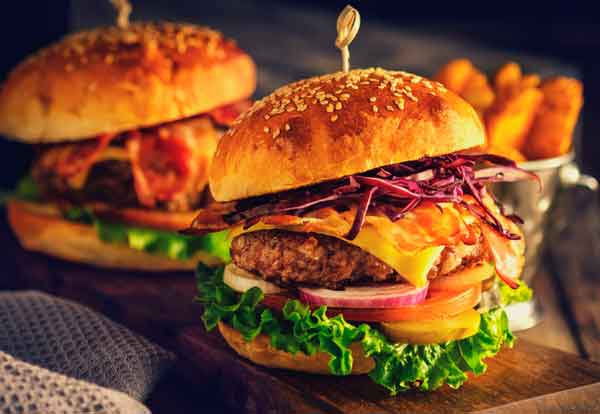


Thankyou for the explanation. I was one of those Firefighters in the 70s that suppressed all fires. It’s good to see the Forest thinned a bit. By the way there is still plenty of riding without resorting to Yoga, weights etc. Do those activities by all means just not instead of riding.
Nicole,
Look at the average distance between remaining trees in the Phil’s area. There is very little shade for wildlife, human recreationalists, and for native vegetation that might someday come back. No shade means quickly drying soils and a small window of time for either new trees to be planted or native seeds to take hold or old root balls to reactivate. Take a look at the forest logged a few years ago on the upper section of lower stormking, not far from the funner and tiddly junction. Not many grasses, forbs, or young trees have returned. The distance between these trees is similar to that found between the trees in the phils trail sale units. Ceanothus Velutinus usually does very well in this area when given little competition and much light. It can take over a forest floor and crowd out most everything else, creating a tangled understory. We now have a thinned forest that is prime for Ceanothus take over, potentially requiring further intervention in the near future, disturbing whatever progress that has been made on understory regeneration. Many of the trails burned over from the B and B fire near sisters are now closed because Ceanothus took over. Lodge pole pine also does very well in dry, scarified soils.
My point is this: too many trees have been removed and continue to be removed and there is very little to no wildlife cover and too little shade, and little shade to look forward to for at least 10 years, if that. Shade and moisture retention are vital to healthy forest regeneration. I agree with thinning to an extent. However, the current silvicultural prescription assumes that most remaining trees will survive, preserving the prescribed distance between trees. If one “properly” spaced tree fell, a very large opening would be left. I hope the forest service has a contingent replanting plan.
If the Phils trail forests were not being thinned so extensively, I might think positively about the restoration project and look forward to a thriving forest for the future. However, with a B.S. in forest resources management and having worked in Colorado and Bend-Fort Rock thinning and marking timber for seven years, I do not see this happening. Forests can regenerate, and beautifully so, I’ve seen it happen. Instead, I sadly see a future Phil’s trail forest that has perhaps healthy trees, but a struggling ecosystem.
Hi Heidi,
Thank you for your thoughtful response. I don’t want to get into a long back and forth, but if you put in some plots you would see that the forest is still over-stocked. Now, the USFS could have done a lighter thinning, but then they would have had to come back in sooner. I think everyone will be surprised how quickly they crowns come back in towards each other. Also, if this thinning were to be done and then the forest left to it’s own devices, then yes, shrub dominance would become an issue. Thinning is just one component of restoration, this is why prescribed burning is so important. Rx burns help knock back those shrubs and encourage native grasses and forbs. Ideally what we would have in our PP dry forests would be more of a gappy patchy clumpy stand, with openings, clumps of trees, and open thinned areas, more closely mimicking our historic fire regime. I am not certain we are there yet, but I feel positive that we are headed in the right direction. I invite you to attend a Deschutes Collaborative Forest Project restoration meeting if you want to join the conversation and restoration recommendations currently being crafted.
Great blogpost, Nicole. The thinning has produced no shortage of grumbling among mt bikers new to central Oregon, as few really understand the landscape and ecosystem they’re riding through. Hopefully, your post can clear up a few misconceptions. Along the same lines, few of us seem to be aware of our impacts out in the forest. Mt biking is here to stay and accessible trails close to town are a big part of the quality of life that has and continues to draw so many to Bend. However, the trail density and level of use appears to be impacting the usage of the Phil’s Trail area by at least some wildlife species. Before we instinctively start pining for more trails, we need to consider what our trail obsession is doing to the wildlife that call the forest home.
Thanks Brad. I agree, and it bothers me as a mountain biker that most recreationalists assume they don’t impact wildlife. It is energetically very expensive to constantly get spooked by humans. This is especially true for calving grounds (Flagline area). I guess that’s the next step in awareness building.
Good article—thanks. Being new to Oregon, I’m struck whenever I get over the mountains (I’m in Eugene) by how uniform the pine forests are—just endless expanses of same-size trees with a pretty clear understory. Glad to know some steps are being taken in the right direction!
Scott
Thank you Scott!